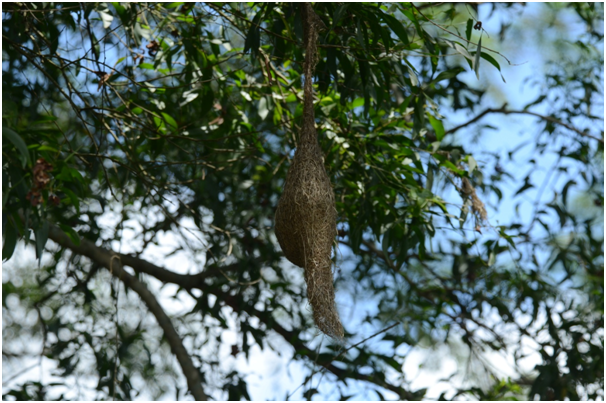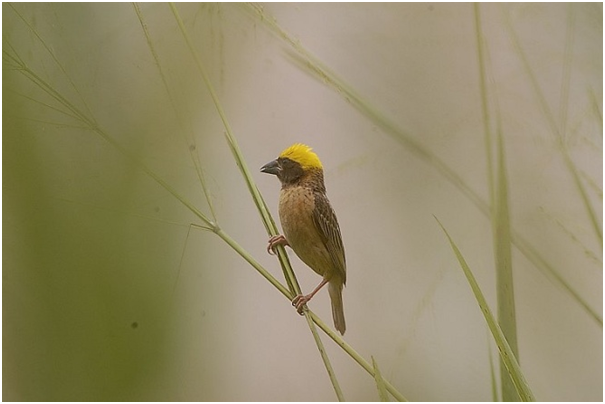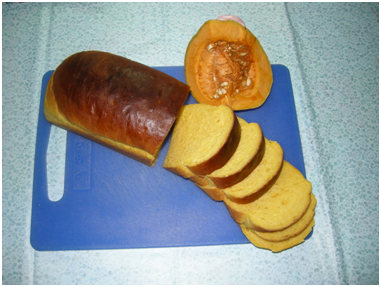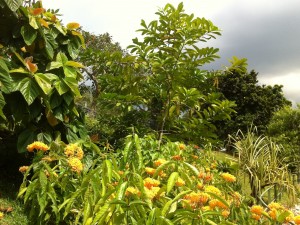Baya Weavers: Nature's Amazing Architects
My first sighting of Baya Weavers was during my first bird watching session at Sungei Buloh Wetland Reserve in 1998. They were busy flying from an area of long grass to their nesting site with grass to build their nests. As I watched them busy at work, I have been fascinated by them ever since.
What are Baya Weavers?
These lively and amazing birds belong to the same family as sparrows and munias, and are a common resident in Southeast Asia. Often considered a pest by farmers in rice-growing countries, they are known to feed on all types of grass seeds.
In Singapore they are mainly found in wooded areas with areas of long grass nearby, such as Tampines Eco-Green. They are colonial breeders who nest in great numbers on a single tree.
Their thickly-weaved hanging globular nest have a long entrance spout at the bottom. The nests are predominantly found hanging on the thinner outer branches of Acacia trees. The thin branch deters predators from going to the nest.

Baya Weavers build hanging nests that are globular in shape with a narrow entrance at the bottom.
Description and breeding behaviour
Size: 6 inches.
Males: Yellow crown, blackish-brown mask and unstreaked under parts.
Females: Streaks on breast and often less brown.
This species is slowly being challenged by other species like the Golden Weaver whose head and under parts are fully golden yellow, and their nests have a side entrance but lacks a spout.

A Male Baya Weaver with its distinctive yellow crown and blackish-brown mask.
The male Baya Weavers work tirelessly to build not one, but at least two to four nests during their breeding season, as they are known to have a harem of at least two to four breeding females.
Females will check the nest during the 'construction process' and will not 'accept' it if it is not up to their 'standard'. Breeding season is usually from March to July. Females can lay up to six eggs. The eggs are white. The young birds are out of the nest by September.
Do look out for these birds if you visit Tampines ECO Green, but please ensure that you do not disturb them in their nests, as they may abandon the nests with the eggs inside.
By Ramakrishnan Kolandavelu
Photographs by Tay Soon Lian and Ryuta Teo.





Have views or comments on this article? Let us know via this form. If you would like to give us feedback on any other areas relating to our parks and gardens, please submit via https://www.nparks.gov.sg/feedback